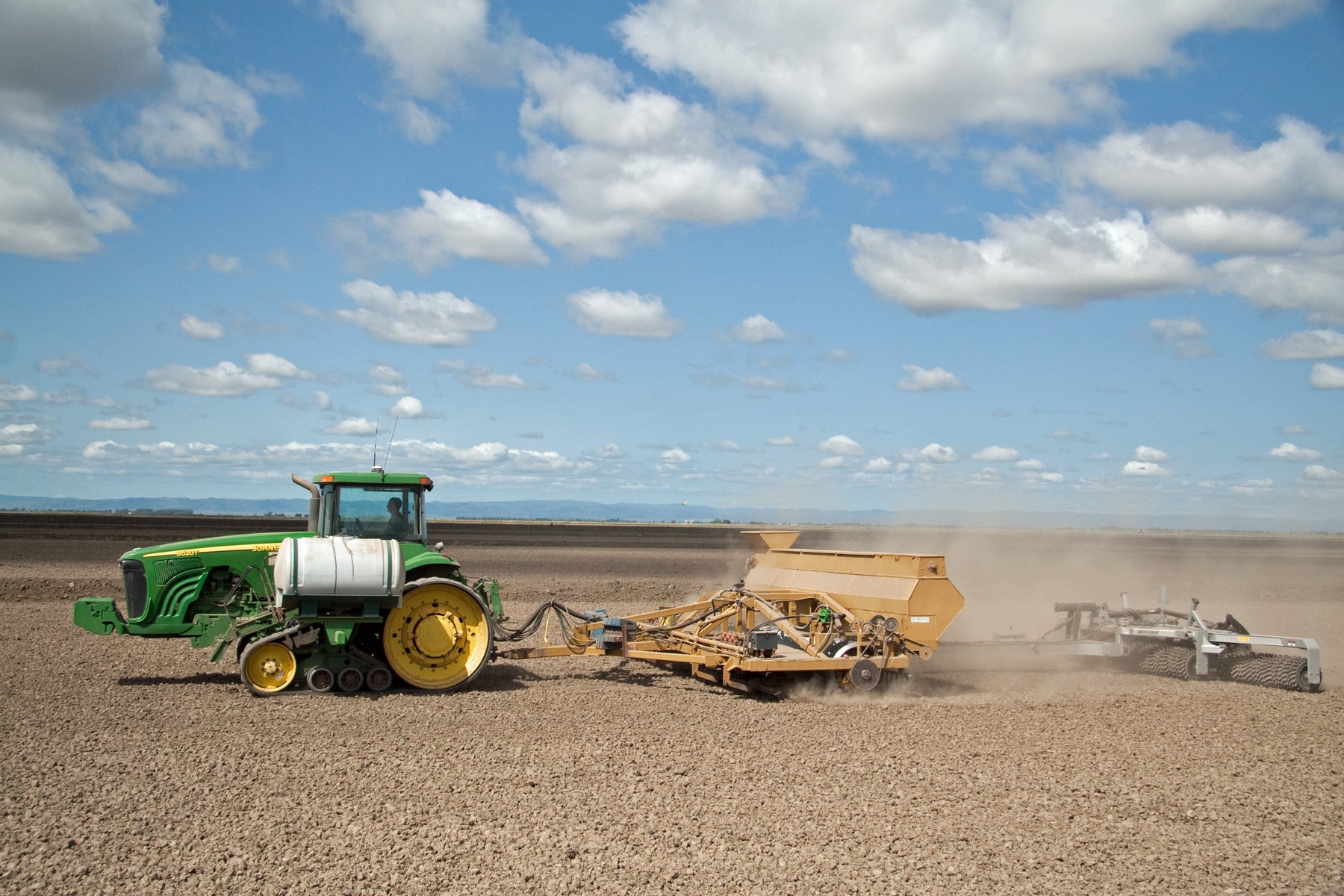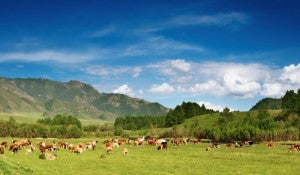Authors: Erin Leonard and Maggie Monast
With more than 80 times the warming power of carbon dioxide over the first 20 years after its release, methane is one of the most potent greenhouse gasses. One major contributor to global methane is livestock operations — 32% of methane emissions from human activity come from livestock and animal agriculture.
The good news is that methane’s massive warming potential also creates an opportunity for a big and rapid impact if we can mitigate those emissions. To avoid the worst effects of climate change, we need to rapidly lower livestock methane emissions, a process that requires support and incentives to help farmers and ranchers adopt changes in their businesses.













